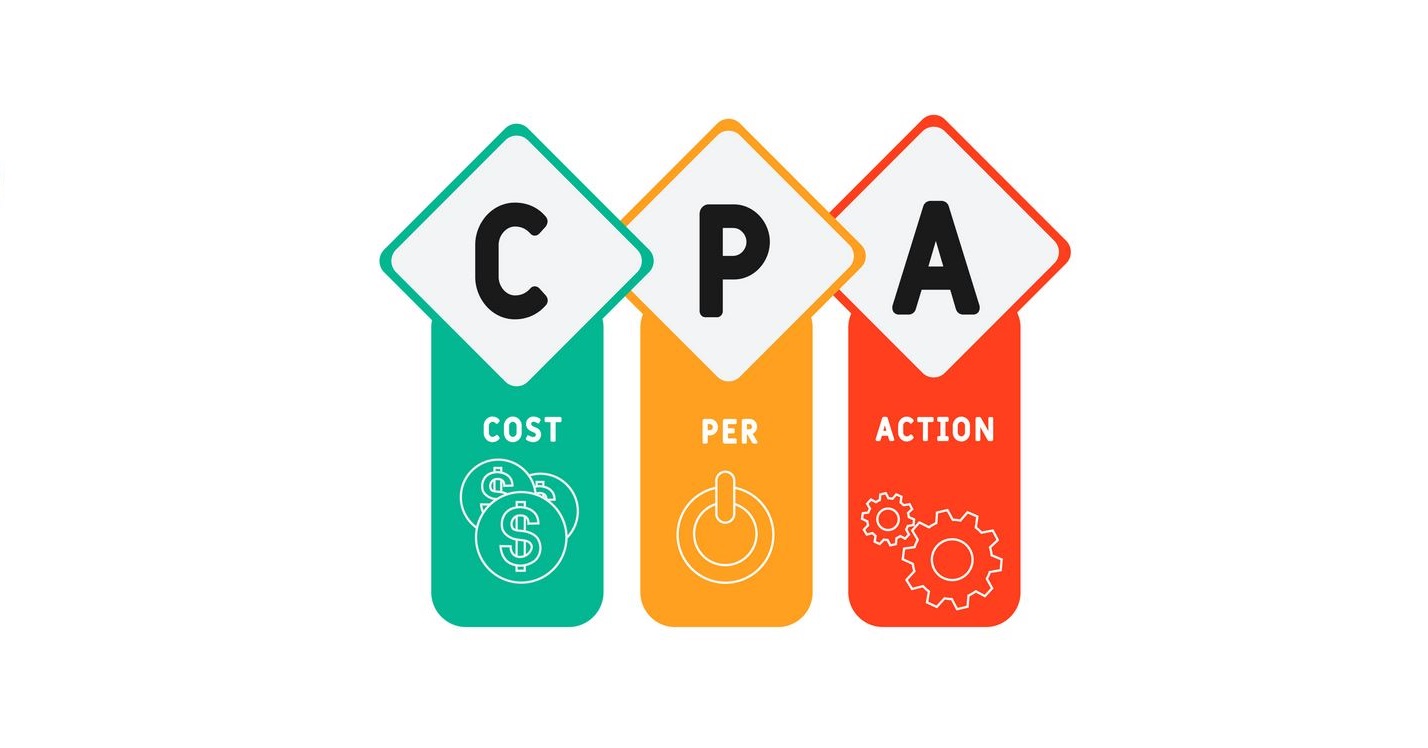Online marketing expenses can be accounted for in various ways. Sometimes you will pay for views of your ads on the web, sometimes for clicks on ads on Google or Facebook. But there are also situations in which you want the client to take a certain action. This is when the CPA model, i.e. cost per action – a fee for taking action, comes into play. Let’s take a closer look at this form of settlement.
The whole idea of performance marketing is very simple – you pay for the result. This way, for example, two giants of the online market – Google and Facebook – are responsible for their marketing services. The most popular billing models are:
CPC: cost per click (ad click fee)
CPM: cost per mille (fee for 1000 ad impressions, e.g. banner)
CPV: cost per vier (fee for viewing, e.g. of a YouTube video)
CPS: cost per sale (sales fee, popular model in e-commerce)
As you can see, these models depend primarily on the medium you are using and the expected result. For example, if you want as many customers as possible to click on your ad in Google Ads, you automatically choose the CPC model, because no other model will work in this case. The situation is slightly different when you want your customers to take a different type of action. This is what the CPA model was created for.
CPA: definition
CPA means cost per action. This is a non-standard billing model as it can include a whole range of different activities that your customers or users take. Activities billed in the CPA model include, for example:
– e-book download,
– subscription to the newsletter,
– filling in the application form,
– making a reservation,
– sending an inquiry or satisfaction survey.
CPA: Marketing
Due to its flexible nature, the CPA model is very popular in marketing. It is particularly eagerly used in the aforementioned performance marketing. It can be used in many cases and is easy to calculate. Speaking of which, how can you calculate the cost of a campaign in the CPA model? Use this simple formula to do this: CPA Cost = Total Campaign Cost / Number of Actions.
So, if you ran a promotional campaign for your new e-book, spent $ 10,000 on it, and 360 downloaded it, the CPA would cost $ 27.78.
It is also worth explaining that the term CPA is understood differently by Google and Facebook. In the case of Google, CPA simply means conversion – that is, reaching your final ad goal. You can read more about it here. What about Facebook? In their Business Help Center, we can read that CPA “allows you to pay only for actions that people take on your ad.” So the way of understanding this method of settlement is very similar.
CPA: Earning
Finally, let’s explain the relationship between the CPA model and your company’s earnings. The only possible answer is indirect. CPA is rarely directly about selling. Of course, this is what you ultimately care about (you hope that after reading your e-book someone will become your client, or that the person who made the reservation will come to the scheduled treatment, etc.), but the model itself is not based on how much you earn. It focuses on what actions your customers will take. Of course, some of them will eventually lead to a sale, but not all of them. Therefore, you should approach the CPA model with a certain amount of caution and do not expect that campaigns settled in this way will directly translate into higher sales in a short time.
If you want to know more about the CPA model and see how it could work in your case – please contact the Paraphrase-Online team. We will help you plan and conduct campaigns that will help you achieve your business and marketing goals.
